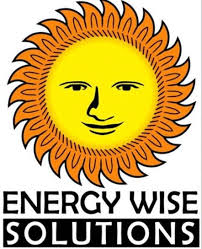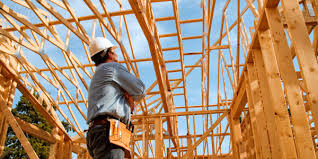There are more Wi-Fi devices in use than there are people on Earth and about 50 percent of Internet traffic flows through Wi-Fi networks.[1] Wireless devices are everywhere, so it’s easy to understand why Wi-Fi connectivity is critical for homebuyers. Virtually everyone has had that experience of being in a home or building that has weak Wi-Fi connectivity, and that can be a major headache for buyers who rely on Wi-Fi connections.
For builders, designing a home with connectivity in mind is essential to ensuring homeowners don’t have to keep asking, “is the W-Fi off??”
Details »









